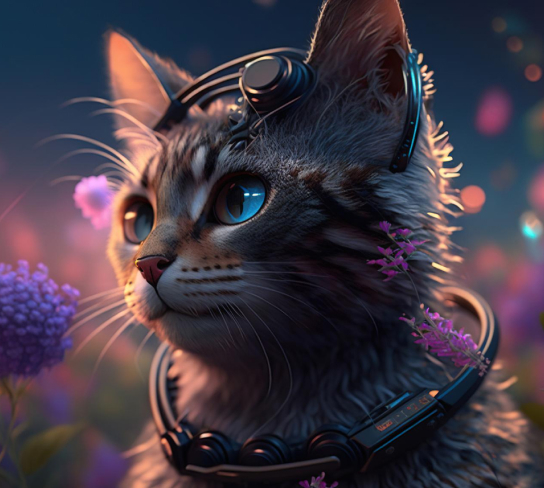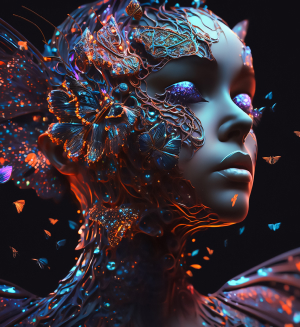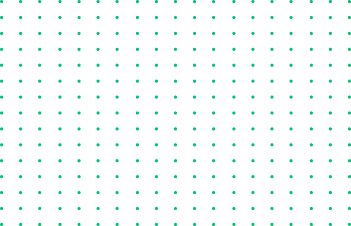Creating Images from Text Descriptions
AI has the incredible ability to transform written text into visual images, a process known as text-to-image generation.
Creative AI is a rapidly evolving branch of artificial intelligence focused on generating content traditionally associated with human creativity. This includes producing music, crafting stories, creating artwork, and even generating videos. Unlike conventional AI applications that are designed to optimize logistics, analyze data, or automate repetitive tasks, creative AI delves into the more abstract and emotional aspects of human intelligence.
The rise of creative AI has brought a variety of tools that cater to different creative fields. These tools are designed to make creativity more accessible, efficient, and diverse.
The future of creative AI holds immense promise and is poised to transform how we perceive art and creativity.



AI doesn’t just replicate existing ideas—it can create entirely new concepts that push the boundaries of imagination. Using models like GANs (Generative Adversarial Networks), AI can generate surreal, abstract, or futuristic visuals that might never have been conceived by a human artist. For instance, an AI could create a hybrid of a mechanical animal living in a cyberpunk environment or design a fantasy world with floating islands and crystal waterfalls.
Creative AI refers to artificial intelligence tools and systems designed to generate creative outputs, such as music, art, text, and videos, often by mimicking human creativity through neural networks and machine learning.
AI uses algorithms trained on vast datasets of existing art or music. By recognizing patterns, styles, and structures, it generates new pieces that resemble human-created works.
While AI can assist or complement human creativity, it lacks emotions and personal experiences, making it unlikely to fully replace human artists. Instead, it’s often used as a tool to enhance creativity.
Popular tools include:
Music: AIVA, Amper Music
Text: ChatGPT, Jasper AI
Art: DALL·E, MidJourney
Video: Runway ML, Pictory
Yes, AI-generated art is original in the sense that it creates unique outputs based on its training. However, ethical debates exist around ownership and copyright.
Beginners can start by exploring user-friendly platforms like Canva for AI-generated designs, AIVA for music creation, or ChatGPT for content writing. Many tools offer tutorials and free trials.
The future may include personalized creative content, AI-human collaborations in art, and more immersive experiences in virtual and augmented reality powered by AI.
Yes, key concerns include:
Ownership: Who owns the rights to AI-generated content?
Job Impact: Will it affect the careers of traditional artists?
Misuse: Could it be used for forgeries or deepfakes?
Addressing these issues is critical for responsible AI development.
AI has the incredible ability to transform written text into visual images, a process known as text-to-image generation.
AI can also transform the style of one image to match another, a process often referred to as style transfer.
One of the impressive feats of AI in image generation is its ability to take low-resolution, pixelated images and upscale them into high-quality, detailed visuals.